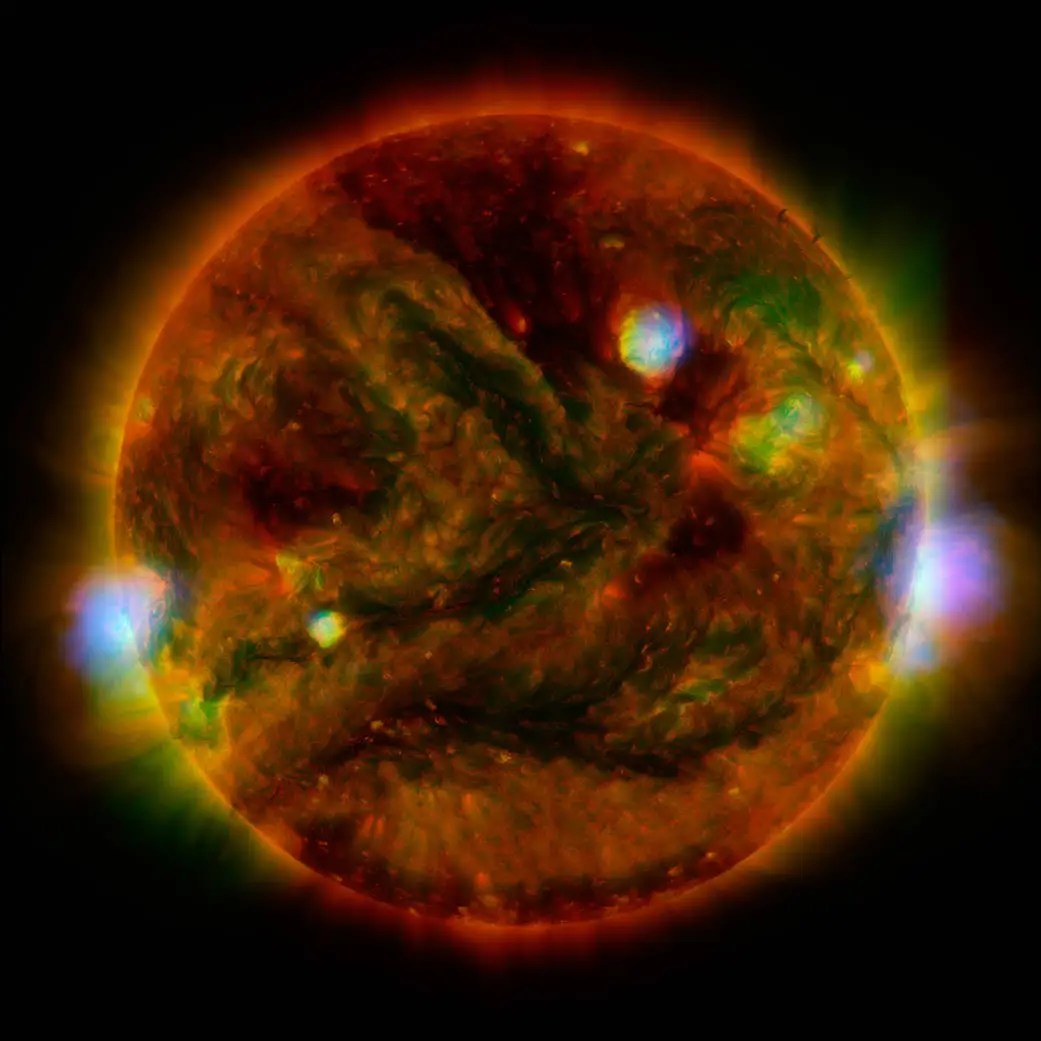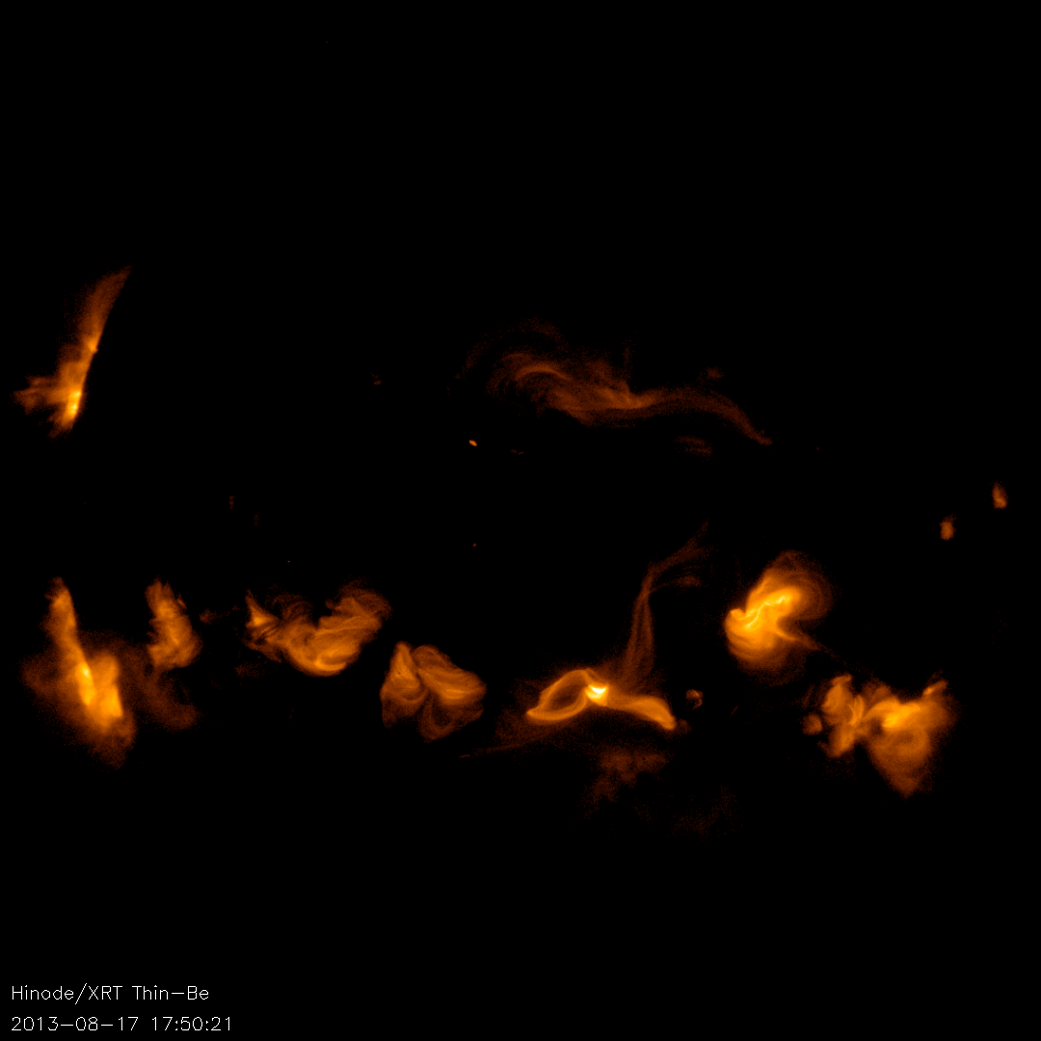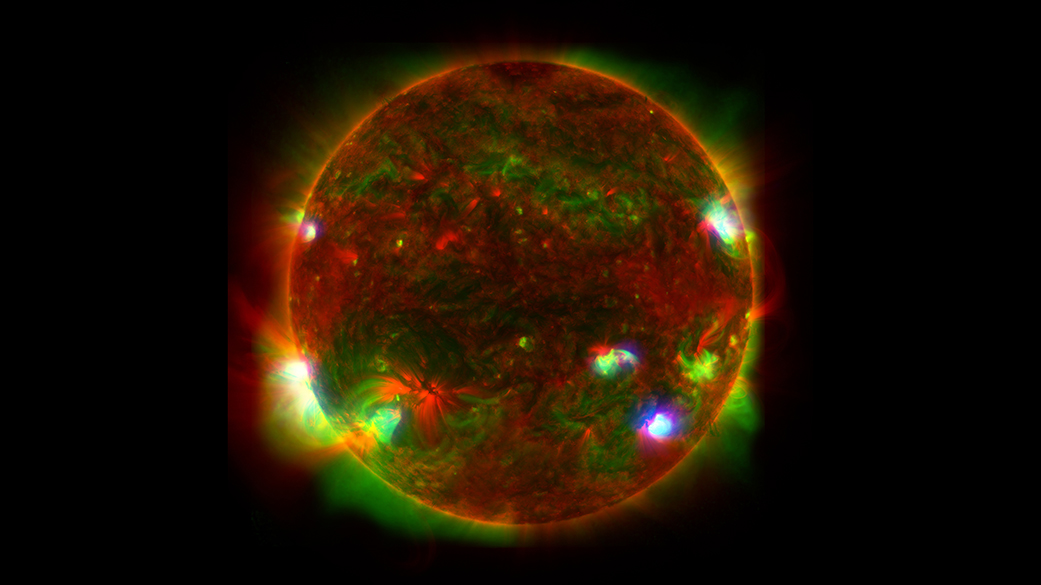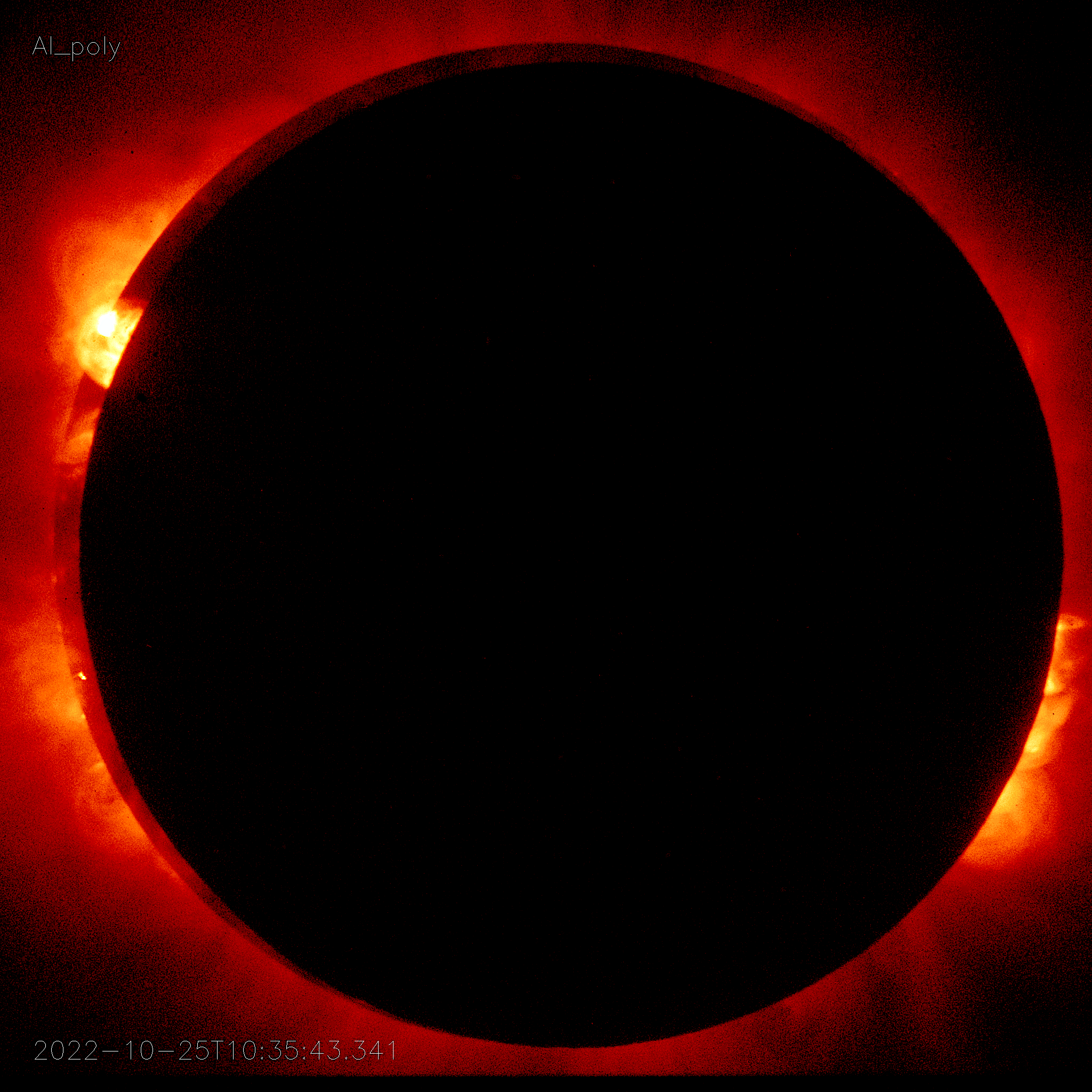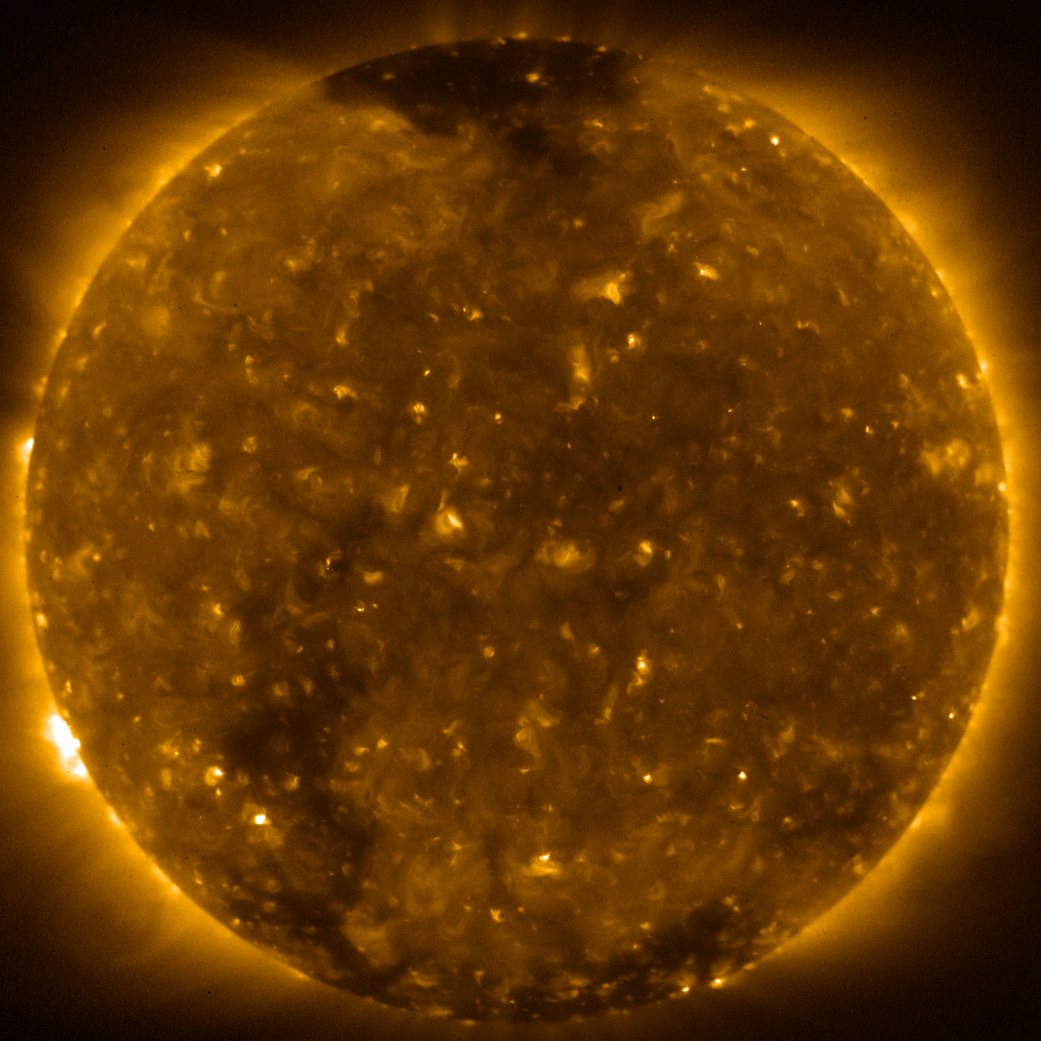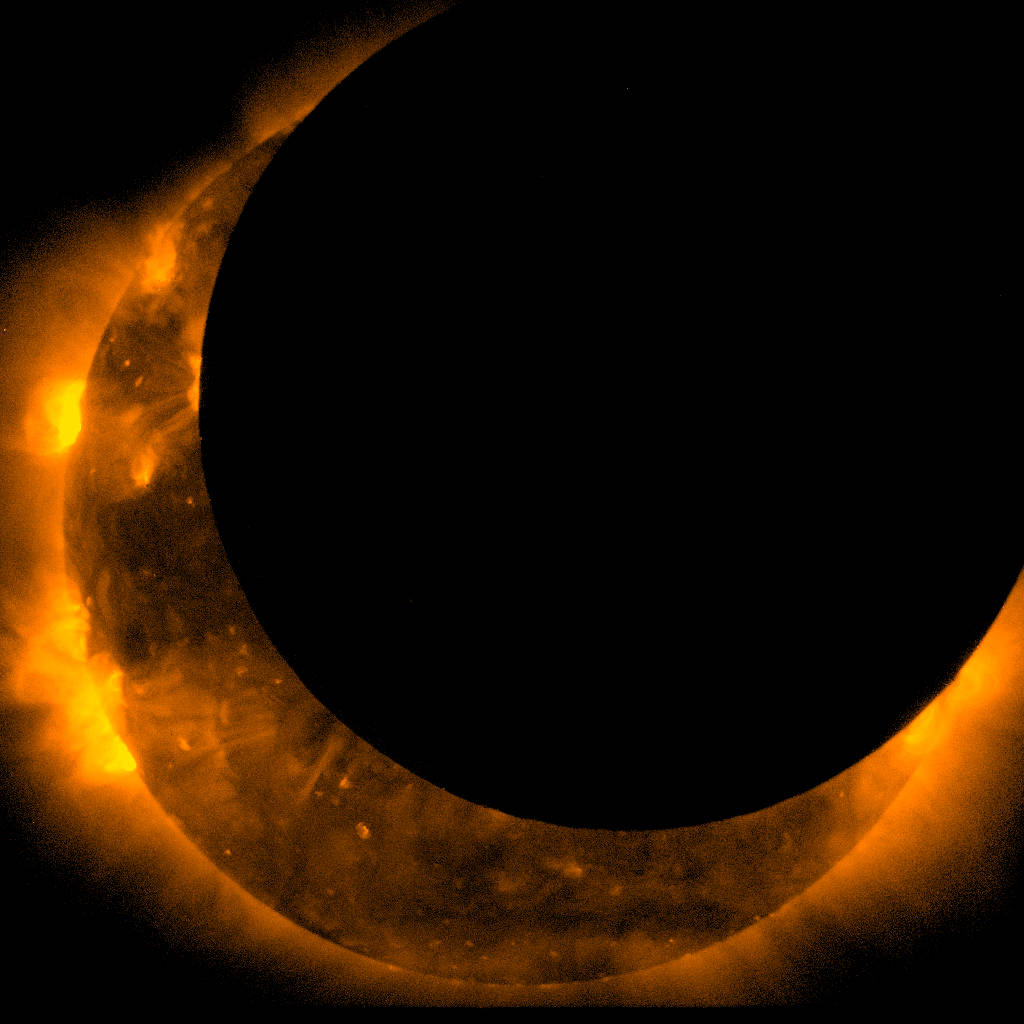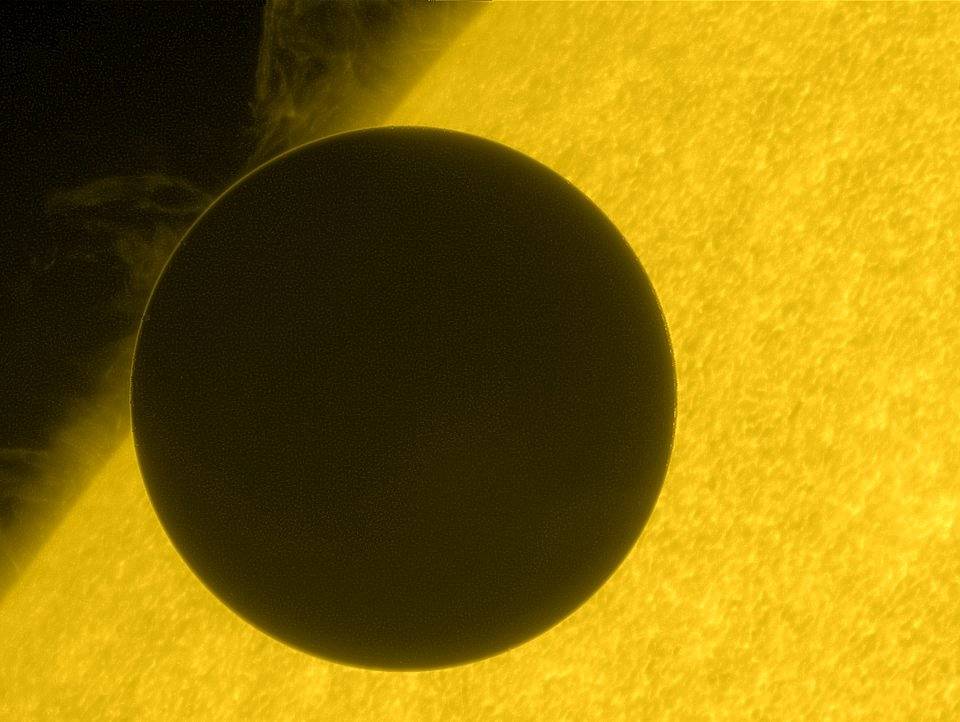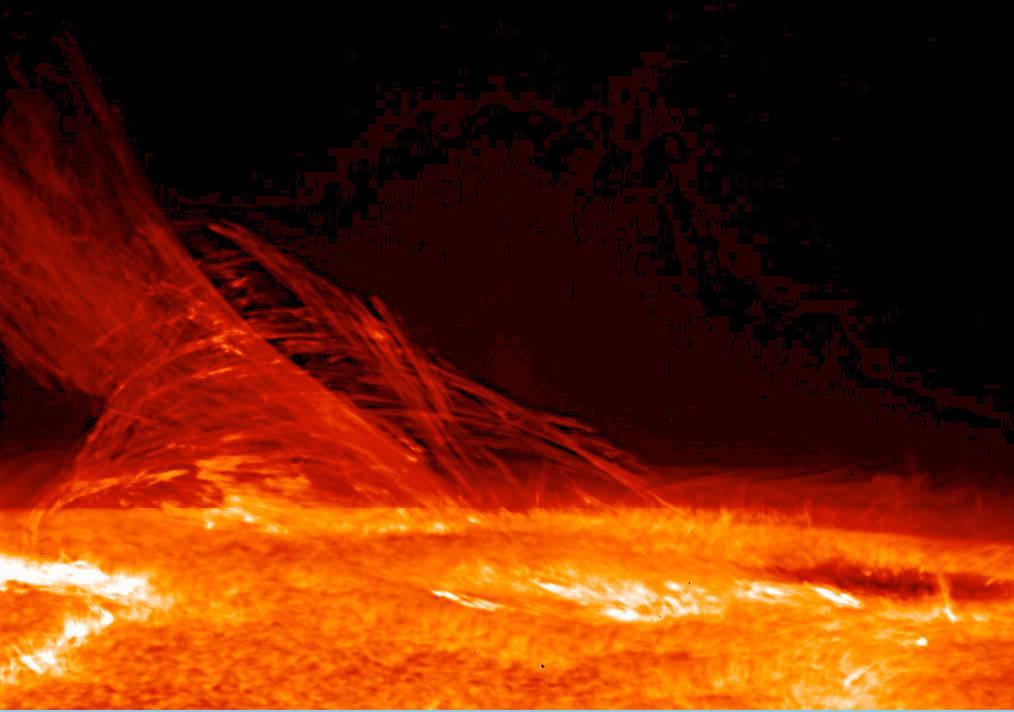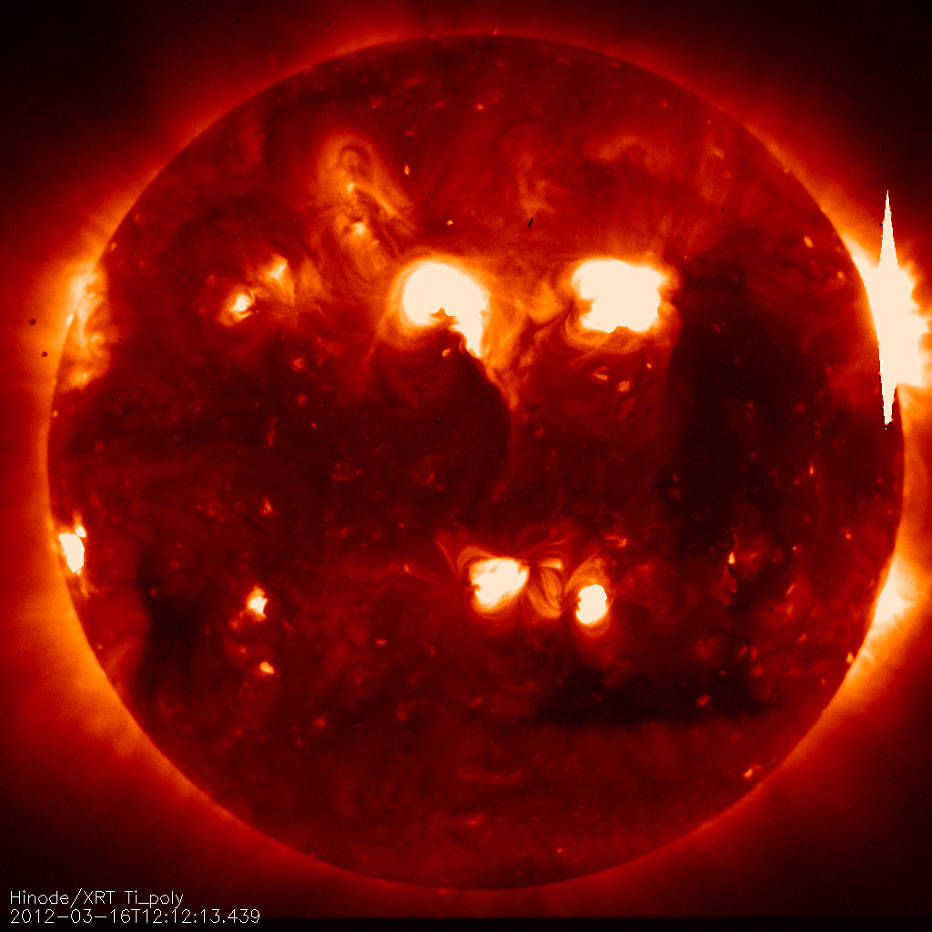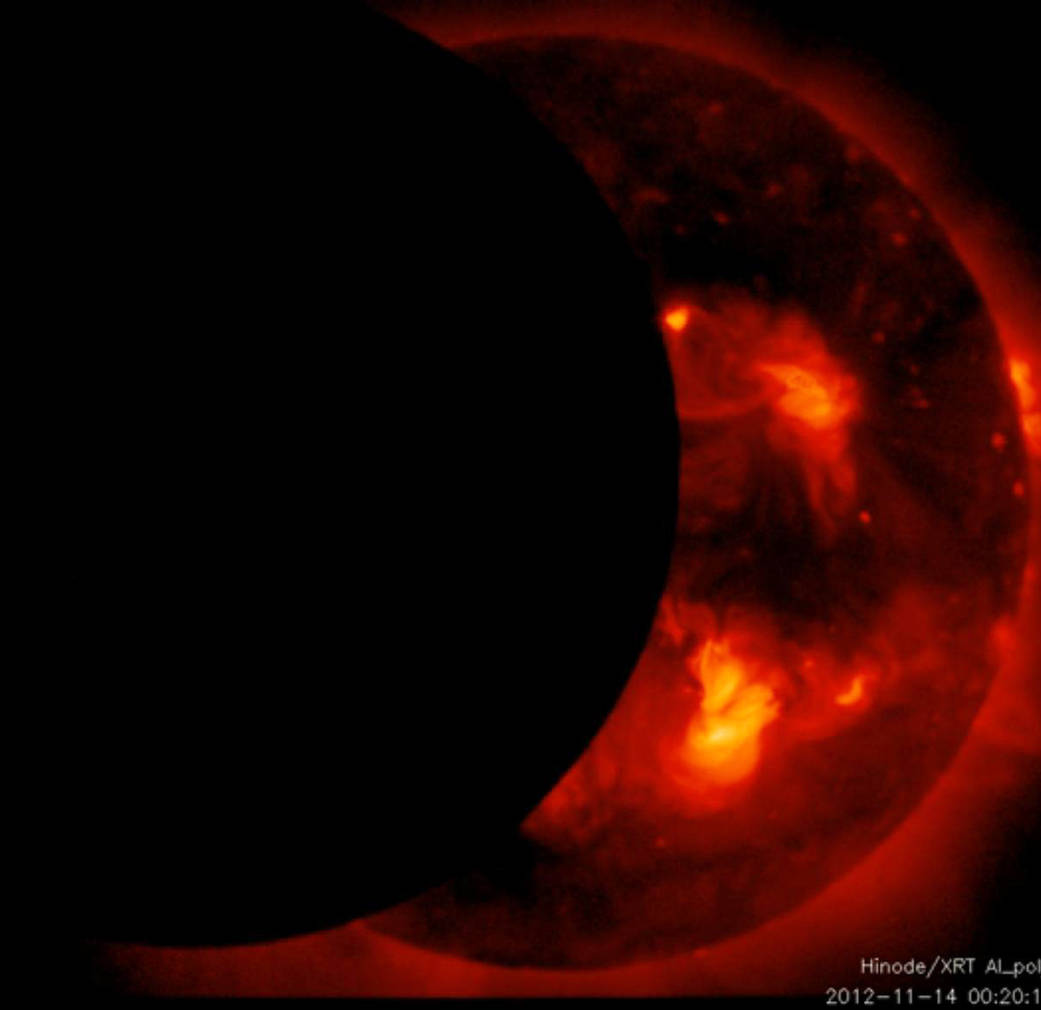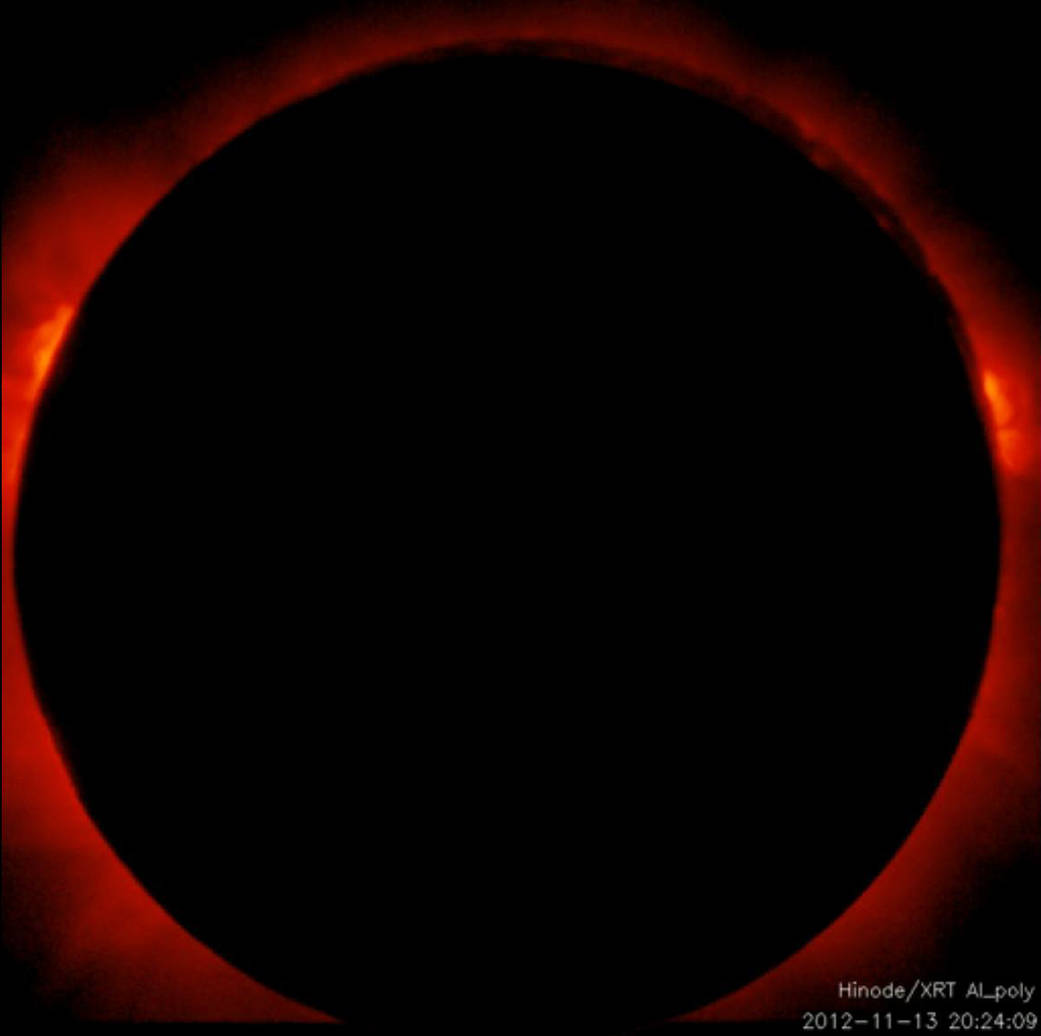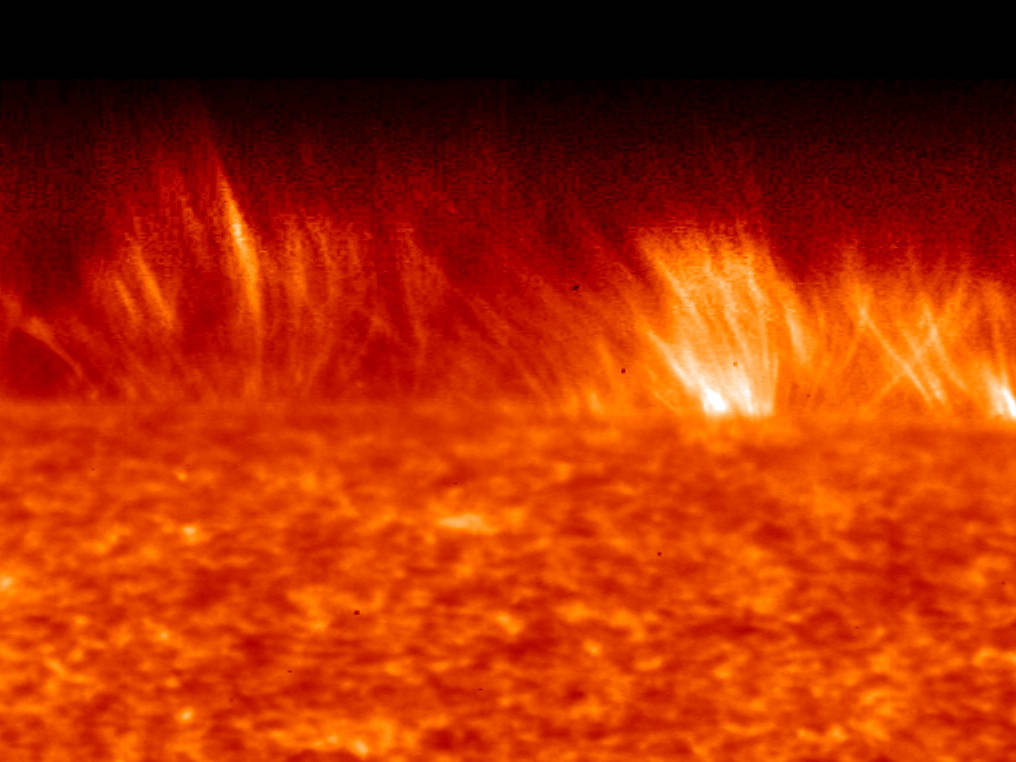Hinode (Solar-B)
Type
Launch
Target
Objective
Hinode explores the magnetic fields of the Sun to improve understanding of what powers the solar atmosphere and drives solar eruptions.
Hinode’s Solar Optical Telescope is the first space-borne instrument to measure the strength and direction of the Sun’s magnetic field on the Sun’s surface, the photosphere. Combined with two other Hinode instruments, the EUV imaging spectrometer, or EIS, and the X-ray/EUV telescope, or XRT, the mission is designed to understand the causes of eruptions in the solar atmosphere and relate those eruptions to the intense heating of the corona and the mechanisms that drive the constant outflow of solar radiation, the solar wind.
Hinode (Solar-B) Stories
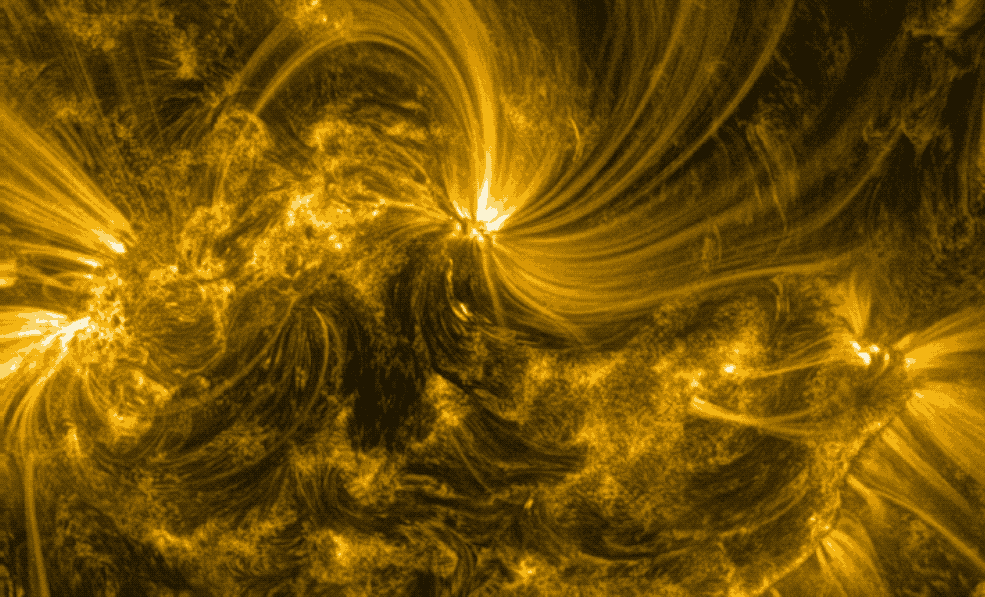
In First, Scientists Trace Fastest Solar Particles to Their Roots on the Sun
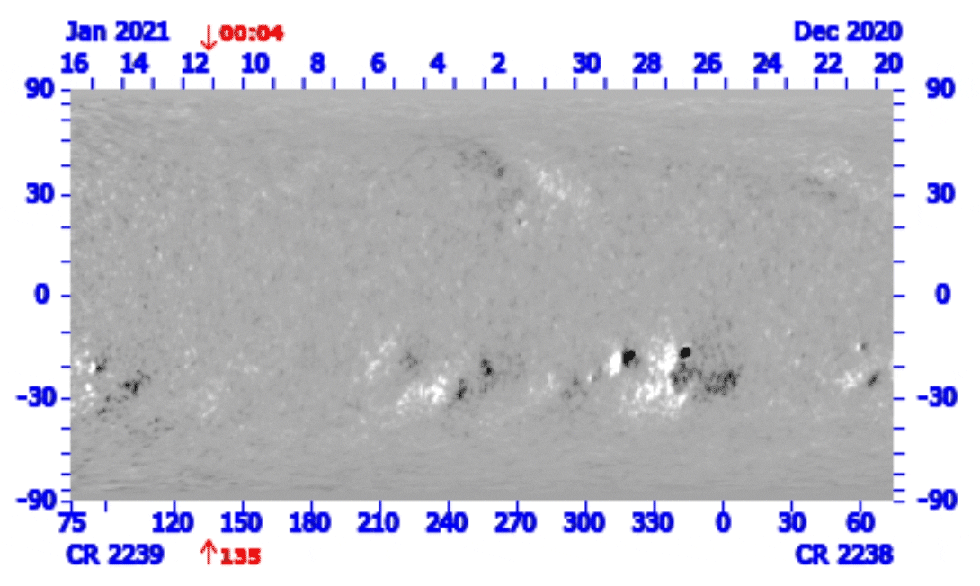
Observations Around Solar System With Parker Solar Probe’s 7th Solar Encounter
A New Look at Sunspots is Helping NASA Scientists Understand Major Flares and Life Around Other Stars
Where is Hinode?
Hinode has been placed in a Sun-synchronous orbit around Earth at an altitude of about 370 miles (600 km).
See it in real-time